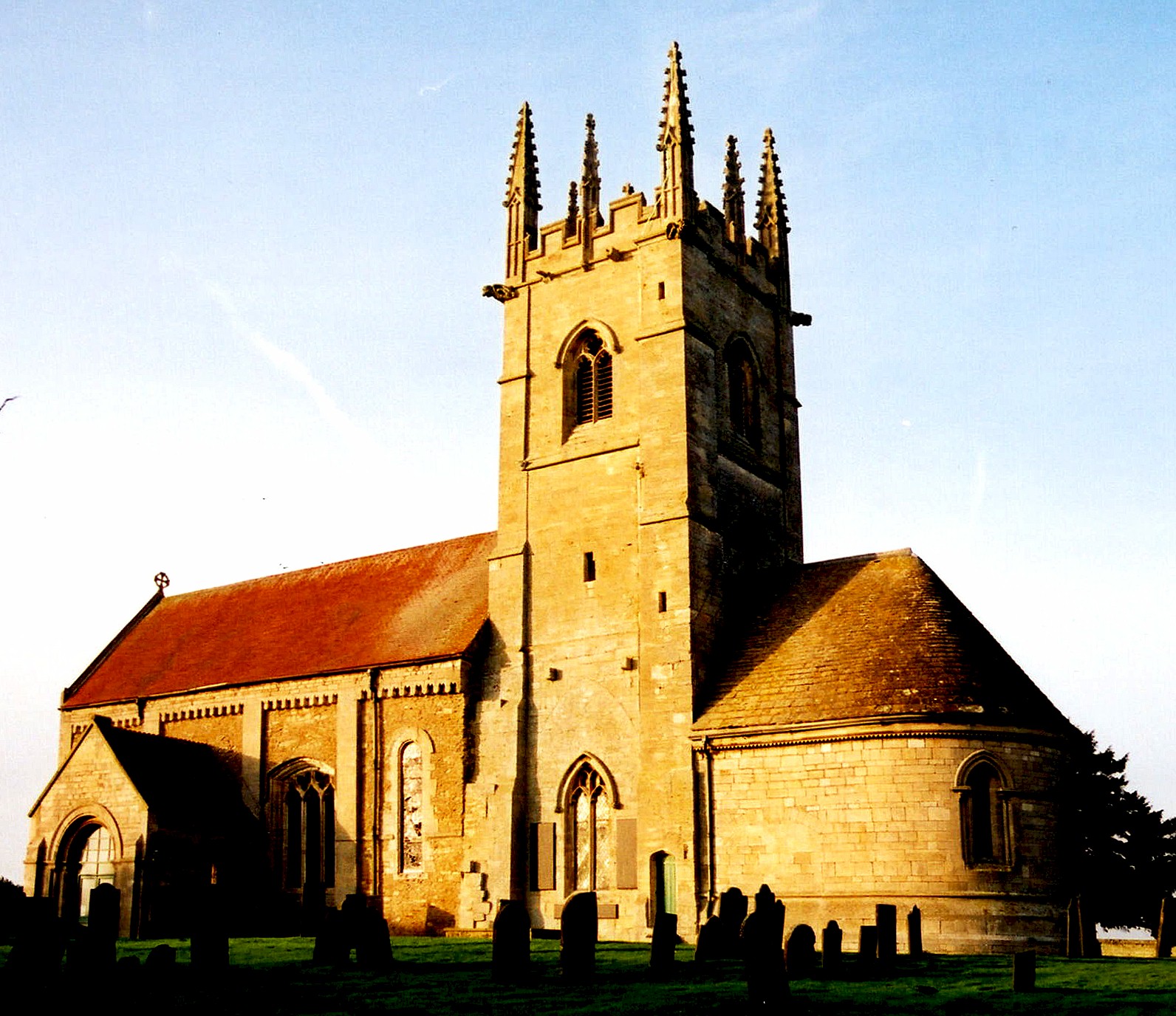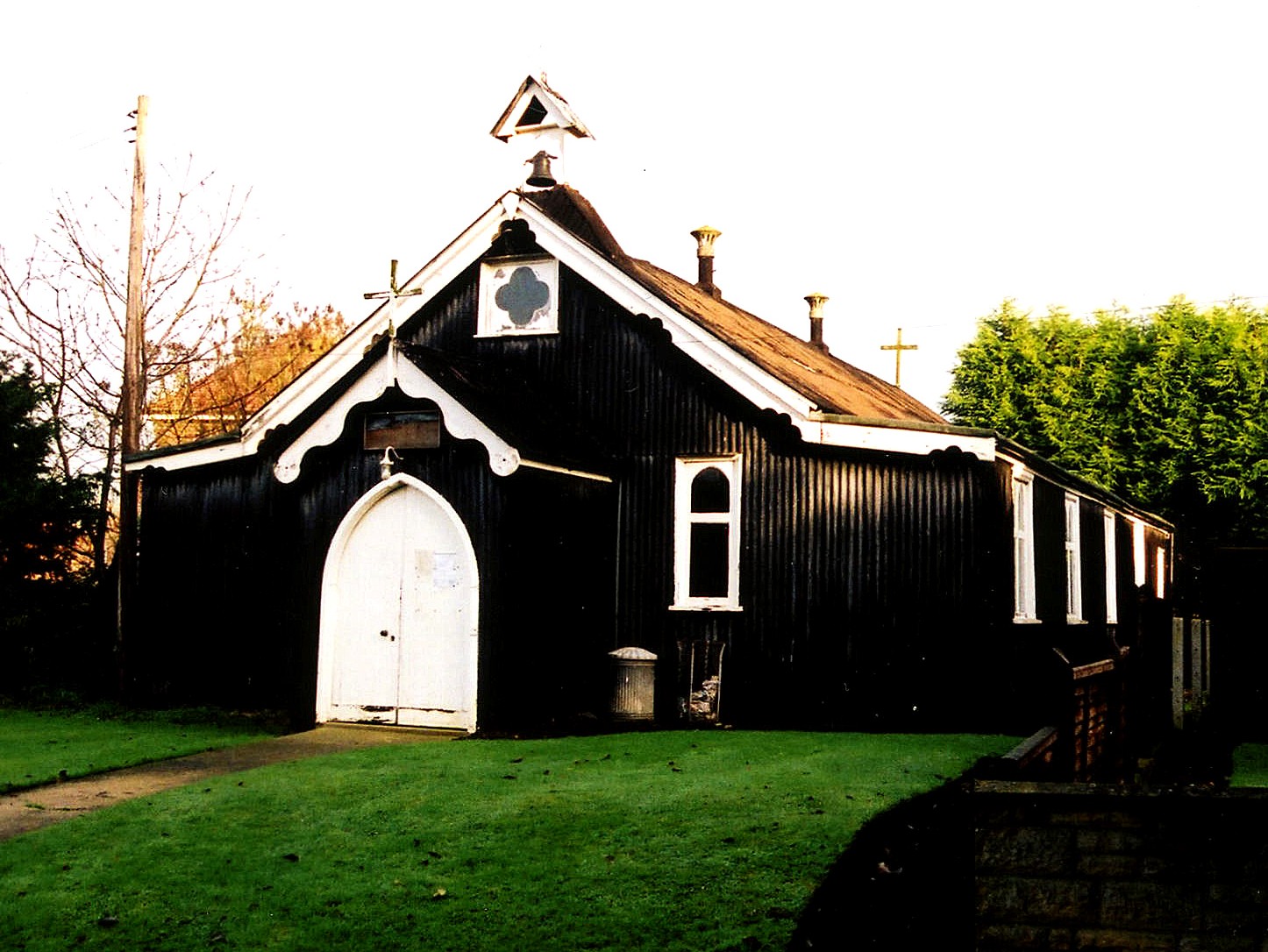Hide
Sempringham
hide
Hide
hide
Hide
hide
Hide
Hide
hide
Hide
"BIRTHORP, a township in the parish of Semperingham, wapentake of Aveland, parts of Kesteven, in the county of Lincoln, 2 miles to the E. of Folkingham."
"POINTON, a hamlet in the parish of Semperingham, wapentake of Aveland, parts of Kesteven, county Lincoln, 3 miles S.E. of Falkingham, its post town, and 8 N.E. of Bourn. The living is a curacy annexed to the vicarage of Semperingham, in the diocese of Lincoln."
[Transcribed from The National Gazetteer of Great Britain and Ireland 1868]
by Colin Hinson ©2020
Hide
The Library at Bourne will prove useful in your research.
- The parish was in the Aslackby sub-district of the Bourne Registration District.
- Check our Census Resource page for county-wide resources.
- The table below gives census piece numbers, where known:
| Census Year | Piece No. |
|---|---|
| 1841 | H.O. 107 / 622 |
| 1851 | H.O. 107 / 2095 |
| 1861 | R.G. 9 / 2315 - 2319 |
| 1871 | R.G. 10 / 3312 - 3313 |
| 1891 | R.G. 12 / 2556 |
- West of the B1177, between Billingborough and Pointon, is the Abbey Church, considered the birthplace of Saint Gilbert, founder of the Gilbertines, the only English monastic order. Tours of the abbey are normally scheduled on Saturdays and Sundays. Born between 1083 and 1089, St. Gilbert of Sempringham, as he is known, died in Sempringham in 1189. His father, Jocelin, was Norman, his mother an Englishwoman of humble rank. Gilbert was reportedly deformed and not held in favour by his father, so he was sent to France to study. He returned to England and took a position under the Bishop of Lincoln. When his father died in 1131, Gilbert returned to Sempringham as Lord of the Manor. It was here that he established the Gilbertine Order.
- Ian PATERSON tells us that it's a SIGN! on Geo-graph, taken in February, 2008.
- In 1165 Gilbert was summoned before Henry II's judges at Westminster and charged with having sent help to the exiled St. Thomas a Becket. Asked to take an oath that he had not done so, Gilbert refused. Twelve years after his death, at the request of the Archbishop of Canterbury, he was canonized by Innocent III, and his relics were brought to Sempringham Church, his shrine becoming a centre of pilgrimage. The Gilbertine Order, founded on rules of poverty, flourished and became rich. In 1534, with the dissolution of the monasteries by the Crown, the Gilbertine Order disappeared.
- You may want to find a copy of: "The Revolt of the Lay Brothers of Sempringham," by M. D. KNOWLES, in the English Historical Review, Vol. 50, No. 199 (Jul., 1935).
- The Anglican parish church is dedicated to Saint Andrew.
- The church has portions of Norman origin, but the dates of construction are unknown.
- The church was restored in 1868-69.
- The church seats 250.
- Rex JOHNSON describes the church as "a substantial church now all on its own in the middle of the fields, and still lit by gas mantles for evening services."
- Here is a photo of St. Andrew's Church, taken by Ron COLE (who retains the copyright):

- An Anglican church, Christ Church, was built in 1892 of iron in Pointon township.
- An Anglican Mission Church, dedicated to St.John the Evangelist, was built in 1892 in Pointon township.
- Here is a photo of Christ Church in Pointon, taken by Ron COLE (who retains the copyright):

- The Anglican parish registers exist from 1558.
- Parish burials for 1813 - 1900 are on the National Burial Index (NBI).
- We have the beginning of a parish register extract, submitted by Allison PEPPER, in a text file format. Your additions are welcome.
- The LFHS has created several marriage, baptism and burial indexes for the Aveland and Ness Deanery, in which the parish resides.
- In the 1870's the Wesleyan Methodists had a chapel in Pointon. For information and assistance in researching these chapels, see our non-conformist religions page.
- Check our Church Records page for county-wide resources.
- The parish was in the Aslackby sub-district of the Bourne Registration District.
- Check our Civil Registration page for sources and background on Civil Registration which began in July, 1837.
Sempringham is both a hamlet and a parish 106 miles north of London and 7 miles northeast of Bourne. Dowsby parish lies to the south and Billingborough to the north. The South Forty Foot Drain completes the eastern border.
The hamlet of Birthorpe and the small town (township, actually) of Pointon (sometimes "Poynton") are situated in Sempringham parish.
If you are planning a visit:
- The B1177 road passes through the center of the parish.
- See our touring page for visitor services.
The National Gazetteer of Great Britain and Ireland - 1868
"BIRTHORP, a township in the parish of Semperingham, wapentake of Aveland, parts of Kesteven, in the county of Lincoln, 2 miles to the E. of Folkingham."
"POINTON, a hamlet in the parish of Semperingham, wapentake of Aveland, parts of Kesteven, county Lincoln, 3 miles S.E. of Falkingham, its post town, and 8 N.E. of Bourn. The living is a curacy annexed to the vicarage of Semperingham, in the diocese of Lincoln."
- Ask for a calculation of the distance from Sempringham to another place.
Gwenllian of Wales was the daughter of the last native Prince of Wales. She was captured by the army of Edward I in 1283 and sent here, to Sempringham Abbey, where she was kept as a Nun. Edward did not want her to have a son who could lay claim to being the rightful Prince of Wales. He took the title and granted it to his heir-apparent, as has been done ever since. The princess was confined here for 50 years and died here in 1337.
- The original Manor House was pulled down in 1616.
- Sempringham Manor was the seat of the Earl FORTESCUE in the early 1800's. The land was sold to the Crown around 1850.
- See our Maps page for resources.
You can see maps centred on OS grid reference TF122327 (Lat/Lon: 52.880268, -0.333967), Sempringham which are provided by:
- OpenStreetMap
- Google Maps
- StreetMap (Current Ordnance Survey maps)
- Bing (was Multimap)
- Old Maps Online
- National Library of Scotland (Old Ordnance Survey maps)
- Vision of Britain (Click "Historical units & statistics" for administrative areas.)
- English Jurisdictions in 1851 (Unfortunately the LDS have removed the facility to enable us to specify a starting location, you will need to search yourself on their map.)
- Magic (Geographic information) (Click + on map if it doesn't show)
- GeoHack (Links to on-line maps and location specific services.)
- All places within the same township/parish shown on an Openstreetmap map.
- Nearby townships/parishes shown on an Openstreetmap map.
- Nearby places shown on an Openstreetmap map.
Rex JOHNSON provides this inscription:
TO THE GLORY OF GOD AND IN MEMORY OF
- Pte. H. BATTERHAM
- " W. H. BRITTAIN
- " H. BUSH
- " A. J. CHESSUM
- " H. P. HARRIS
- " W. H. HARRIS
- " H. W. LITTLE
- " L. A. RIPPIN
WHO FELL IN THE GREAT WAR 1914-1918
Their name liveth for evermore
The churchyard has one Commonwealth War Grave:
- Herbert Edward BATTERHAM, priv., Lincs, Rgt., age 26, died 26 Jan 1915.
- The name Sempringham is probably Old English Sempl+ing+ham, for "farmstead belonging to Semple".
A. D. Mills, "A Dictionary of English Place-Names," Oxford University Press, 1991. - The name Sempringham is often rendered as Semperingham.
- This place was an ancient parish in county Lincoln and became a modern Civil Parish when those were established.
- There are three townships in the parish: Sempringham, Birthorpe and Pointon. Most parish residents live in Pointon township.
- The parish was in the ancient Aveland Wapentake in the South Kesteven district and in the parts of Kesteven.
- In April, 1937, this Civil Parish was abolished and united with Pointon to create the new Pointon and Sempringham Civil Parish.
- For today's district governance, see the South Kesteven District Council.
- As a result of the 1834 Poor Law Amendment Act, the parish became part of the Bourne Poor Law Union.
- Bastardy cases would be heard in the Bourne petty session hearings.
- A National School was built at Sempringham in 1857.
- A National School (mixed and infants) was built at Pointon in 1863. It could hold up to 150 children.
- For more on researching school records, see our Schools Research page.
